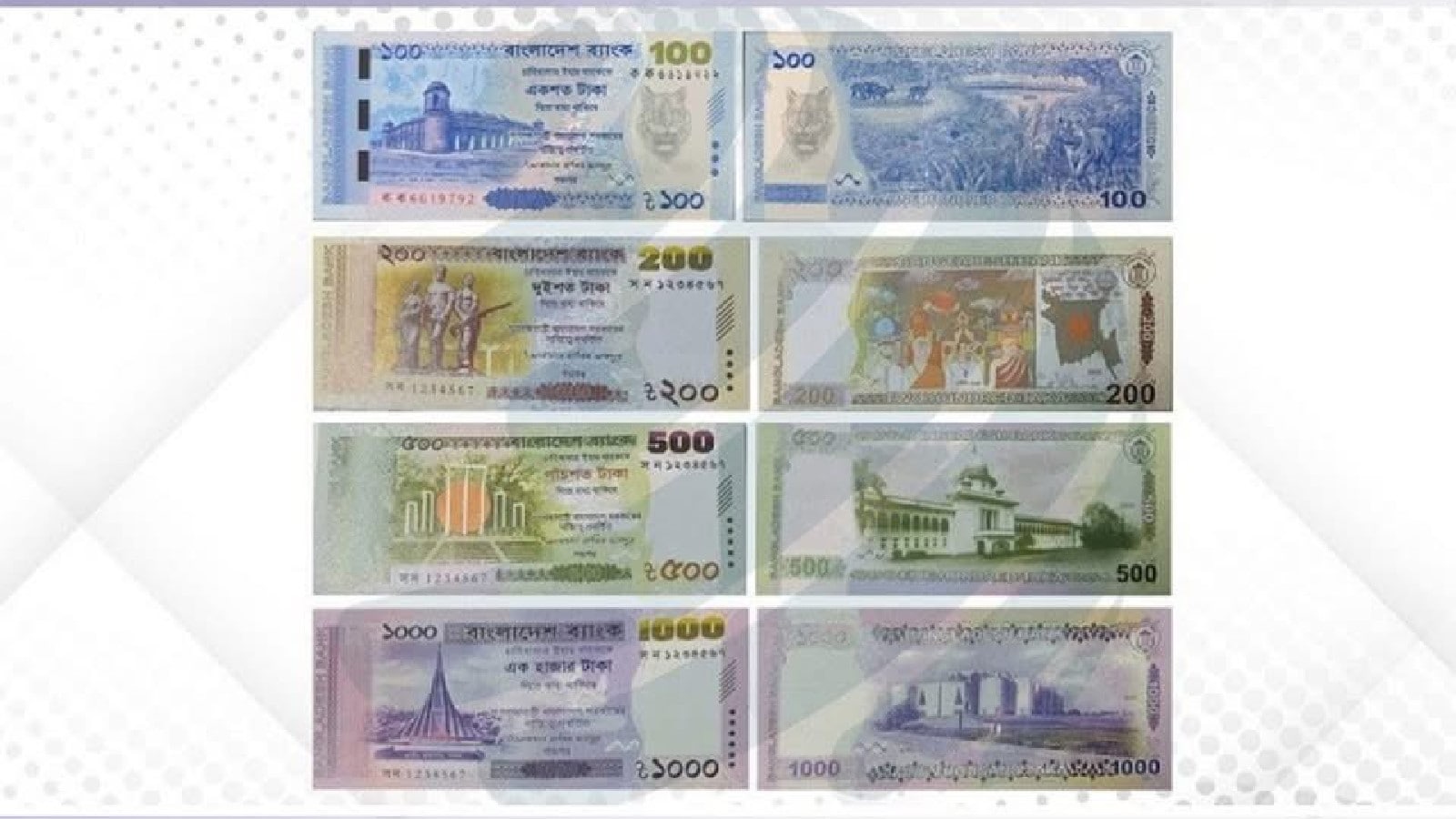Bangladesh's New Banknotes Replace Sheikh Hasina's Father With Temples, Mosques, Heritage Icons











2025-06-01T10:38:34Z

Bangladesh has recently embarked on a significant change in its currency design, marking a new chapter in its financial history. On June 1, 2025, the country officially released new banknotes, eliminating the long-standing portrayal of the late Sheikh Mujibur Rahman, the founding father of Bangladesh, from its currency. This decision comes as part of a broader effort to reflect the nation’s rich cultural heritage and identity.
The newly issued banknotes will now highlight traditional landmarks and symbols that resonate deeply with the Bangladeshi people. Arif Hossain Khan, a spokesperson for Bangladesh Bank, shared insights on the redesign, stating, "Under the new series and design, the notes will not feature any human portraits, but will instead showcase natural landscapes and traditional landmarks." This shift represents a move towards celebrating the country’s historical and cultural icons rather than focusing on individual political figures.
Initially, three denominations of the newly designed notes were introduced on Sunday, with plans to roll out the remaining six denominations progressively. Khan indicated that these banknotes would be made available first from the central bank's headquarters and subsequently from its branches throughout the nation.
The designs of the new banknotes are set to feature an impressive array of imagery, including depictions of Hindu and Buddhist temples, significant historical palaces, and notable artworks. Among these is a poignant representation by the late painter Zainul Abedin, who is renowned for his evocative illustrations of the Bengal famine during the British colonial era. Additionally, one of the banknotes will honor the national martyrs’ memorial, paying tribute to those who lost their lives during the independence war against Pakistan.
This change in currency design is not the first of its kind in Bangladesh. The initial series of banknotes issued in 1972, shortly after the country transitioned from being known as East Pakistan to Bangladesh, featured a simple map of the nation. Over the years, as political circumstances evolved, successive designs increasingly featured Sheikh Mujibur Rahman, the leader of the Awami League, which has been a dominant force in Bangladeshi politics and is currently led by his daughter, Sheikh Hasina.
Sheikh Hasina’s political journey has recently taken a tumultuous turn. She was ousted from power amidst widespread protests ignited by a controversial quota system for public sector jobs in August 2024. Following her removal, she sought refuge in India as political tensions erupted across Bangladesh.
In a dramatic escalation of events, Sheikh Hasina was formally charged on the same day as the banknotes' release with crimes against humanity. These allegations stem from her purported role in orchestrating mass killings during the protests last year. Chief Prosecutor Mohammad Tajul Islam, speaking during a live broadcast of the proceedings, emphasized that the violence was not merely a spontaneous outburst but rather a “planned and coordinated” attack. He stated, "Upon scrutinizing the evidence, we reached the conclusion that it was a coordinated, widespread and systematic attack." Such claims coincide with the United Nations' estimates that approximately 1,400 individuals lost their lives in clashes during the crackdown on dissent, which some consider to be the most severe unrest Bangladesh has experienced since its independence in 1971.
This latest development in Bangladesh not only alters the face of its currency but also reflects the ongoing political upheaval and societal shifts within the nation. As the country moves forward, the new banknotes may symbolize a renewed focus on its cultural identity away from its political legacy.
 Malik Johnson
Malik Johnson
Source of the news: News18